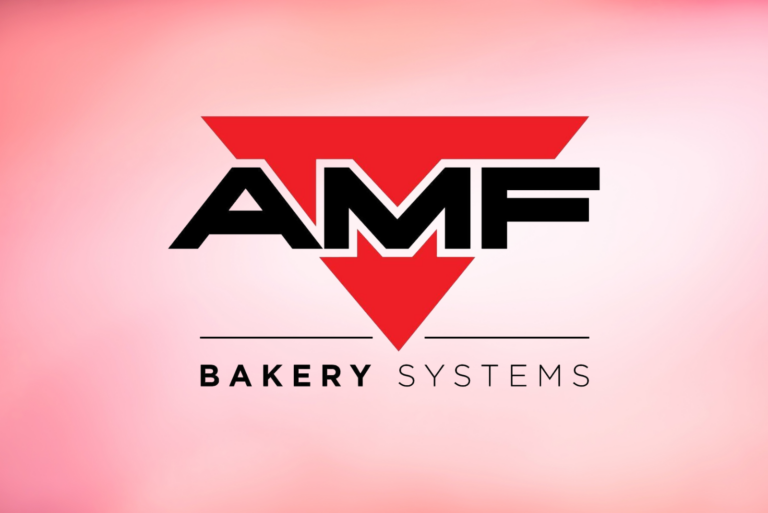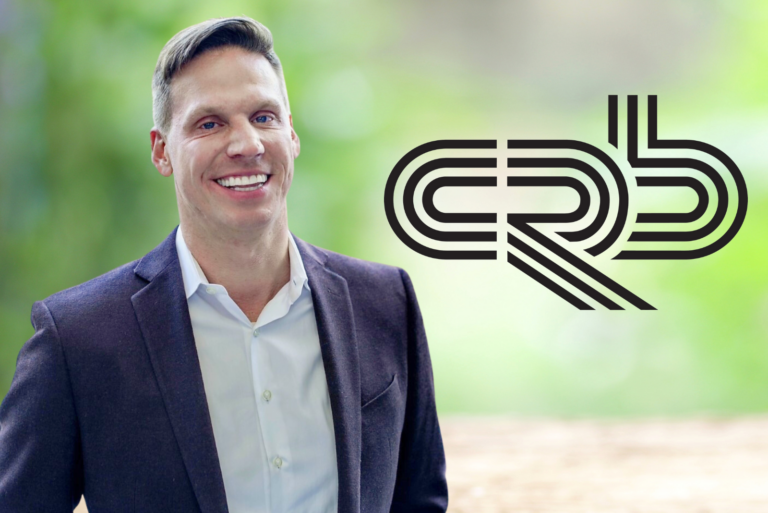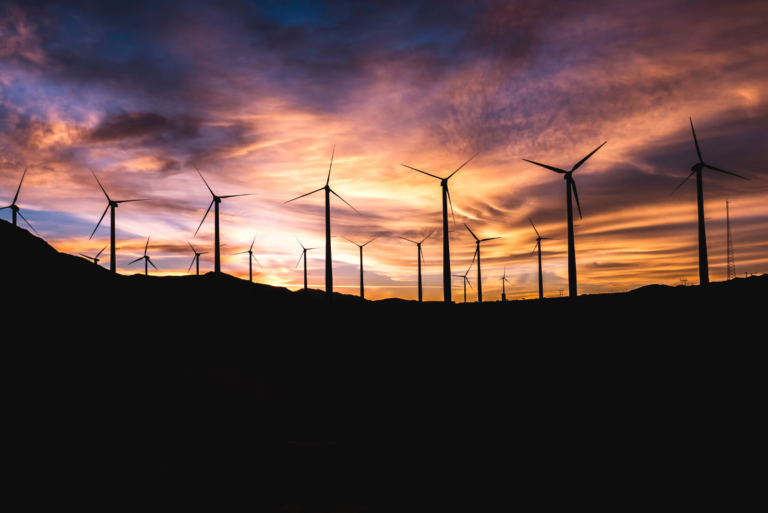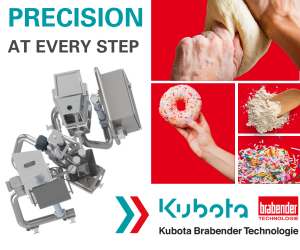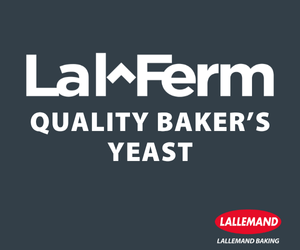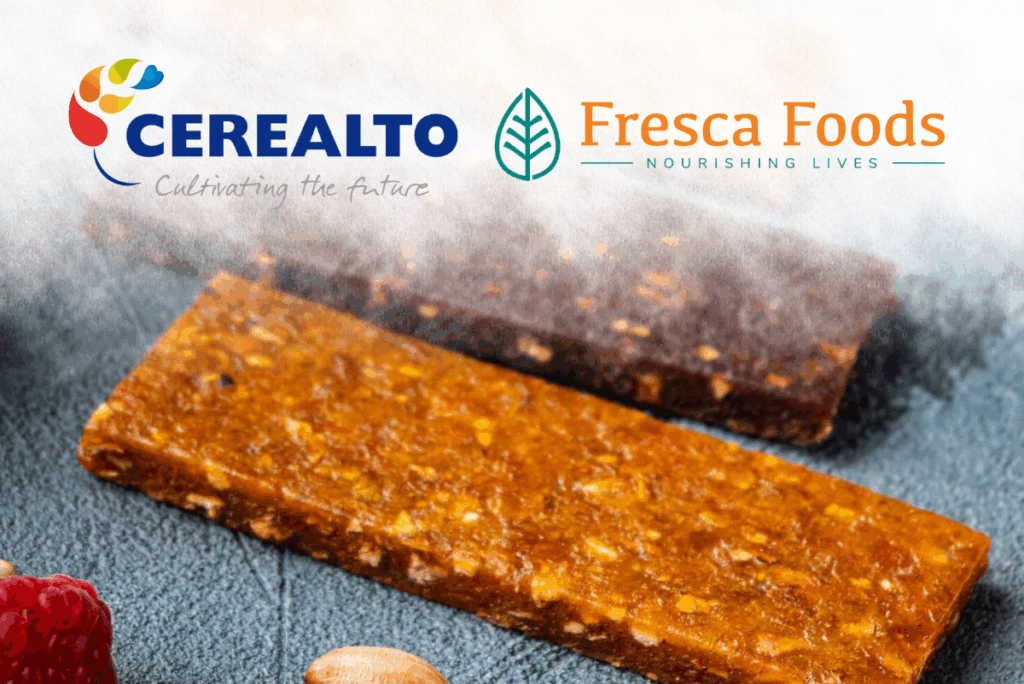MUNICH — As the population of the world continues to grow, a challenge the food industry faces is how to feed everyone in an efficient and effective way, while also taking into account the environment. In a presentation at iba, taking place October 22-26 in Munich, titled From Carbon Footprint to Carbon Fingerprint, Richard Hobson, CEO of We Seal, talked about small businesses’ reactions to the climate crisis and the contributions they can make toward local and global sustainability goals.
Hobson recommended taking an individual approach to the climate crisis and looking at ways to reduce a carbon fingerprint as opposed to a carbon footprint.


